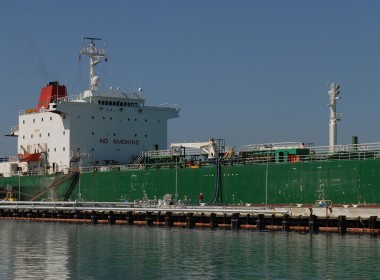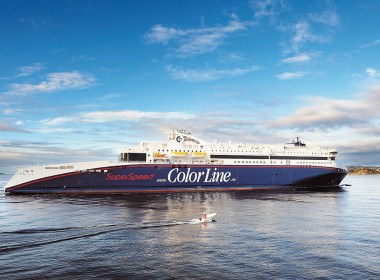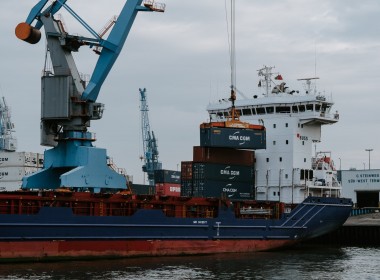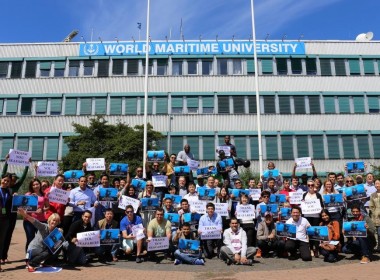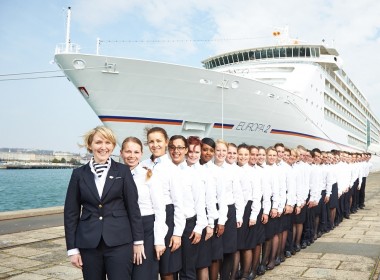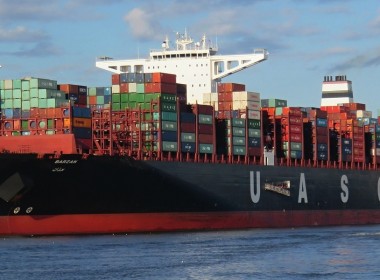COLUMN | Too many eggs in the basket [Grey Power]
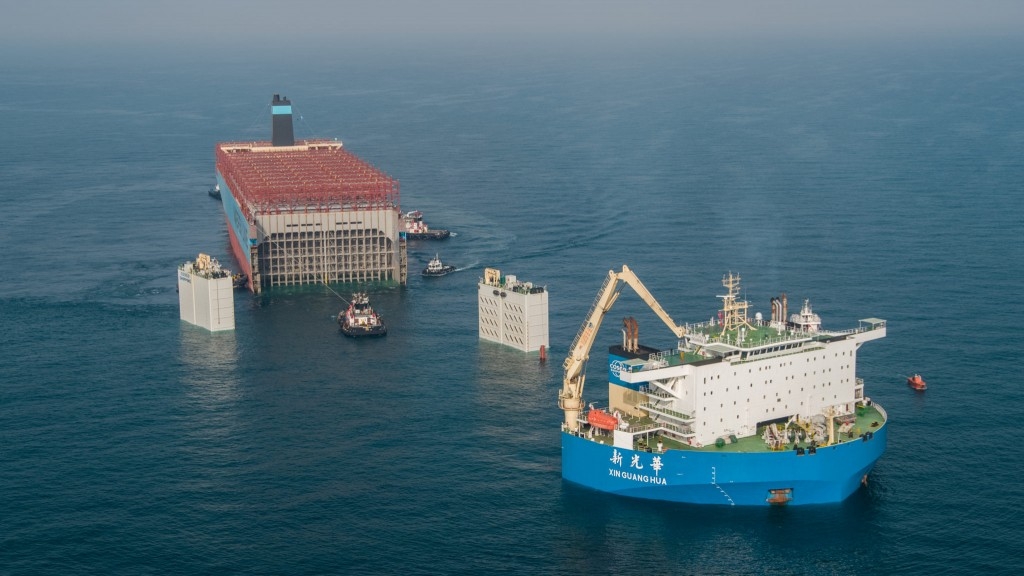
You should, as the song instructs us, always look on the bright side of life. I’m afraid, when I saw the news that the German carmaker Porsche was having to restart its limited edition, top-of-the-range production line, because nearly 40 of its most expensive vehicles had been lost aboard the sunken Con-Ro Grande America, my reaction was not entirely negative.
It may be an insurance disaster, although nobody was hurt in the loss of the ship when she sank in the Bay of Biscay, but one positive aspect is that the public, reading about those luxury cars, learns something of the existence of sea transport, of which they might otherwise have been ignorant.
It was some years ago, when I was editing a weekly maritime magazine, that I turned up to a press conference called by the international salvage firm that had been contracted to remove a large wreck off the Belgian coast. It was a routine job for me, and I anticipated that there would be half a dozen of my colleagues from other shipping papers there to hear about the salvage plan and to ask a few questions of the salvage master.
To my astonishment, I was barely able to get into the room, as it had been filled to capacity with motoring correspondents clamouring to know what would happen to the several thousand new cars that were lying on the bottom of the North Sea. The ship, which was lying on its side and an obvious menace to navigation in a busy traffic lane, was to them, unimportant. It was the cargo that they, and their thousands of eager motoring readership, needed to know about.
It was the same some years later when the damaged containership MSC Napoli was deliberately grounded on the South Devon coast, the cargo, washed ashore and looted by the general population became the story. The general public learned of the astonishing variety of goods being transported by ship all around the world. To those of us who thought that everything we bought came from supermarkets, this small light shone onto a little portion of world trade, was a revelation.
We learned a little more a couple of weeks after the Napoli grounding, when it was revealed that the Volkswagen production line in a factory in South Africa had to be closed down on account of the components they needed all being aboard the doomed ship. When “just in time” becomes “unexpectedly delayed”, the manufacturer is in big trouble.
It would, of course, be much nicer if the general public could be more aware of the amazing things that ships provide for their wellbeing, day in, day out. But it is a losing battle in trying to educate them, good news being sadly deemed no news by the media they use. So we should maybe capitalise on the positive side to a marine casualty in its promotion of “maritime awareness”. We should not, as they say, look a gift horse in the mouth.
Marine accidents also remind us of the vulnerability of our supply chains, especially when the accidents involve some of the world’s biggest ships. The huge fire that destroyed the forward three holds of the giant Maersk Honam in the depths of the Indian Ocean, taking the lives of five of her crew, illustrated the sheer level of destruction that can be unleashed on such a concentration of valuable cargo. This was a fully laden 18,000TEU ship and some 35 per cent of the cargo was completely destroyed, leaving the salvors to deal with some 28,000 tonnes of tangled steel, wrecked machinery and a vast amount of ash, once the fires had been extinguished.
Describing the “excavation” of the wreckage, once the ship had been safely taken to Dubai at a meeting of the International Salvage Union in London, Richard Janssen of Smit Salvage emphasised the huge number of “unknowns” that the teams had to contend with as they sifted through the wreckage, trying to work out what was recyclable and what was contaminated waste.
The heat had completely destroyed everything forward of the accommodation, which itself had been gutted and having incinerated the deck stow, worked its way into the holds beneath. All the hazardous cargo had been in this section of the huge ship so the remains had been seriously contaminated with a “cocktail” of toxic wastes and gases, all mixed up and requiring constant chemical analysis and air sampling, as the “excavators” dug their way into the wreckage.
Two jack-up platforms with heavy cranes were chartered to remove the wreckage, prior to the ship being cut in half, with the after end relatively unscathed and taken to South Korea to have a new bow fitted.
Richard Janssen emphasised the complexity and magnitude of the operation to deal with the aftermath of such a casualty, with the post-accident management of waste being a colossal undertaking. The commercial ramifications of this destructive fire, with years of work for the average adjusters and insurers, will last long after the last physical vestiges of this casualty have been dealt with.
The sheer size of these ships and the consequences of their involvement in a major casualty is providing a lot of food for thought. A serious container fire, insurers have said, is occurring every two months. There are, we read, plans for a further leap in ship sizes to an incredible (and surely self-defeating) 25,000 TEU. Looking at pictures of the destruction, it is tempting to ask, not for the first time, whether their owners are putting too many eggs in one basket?


